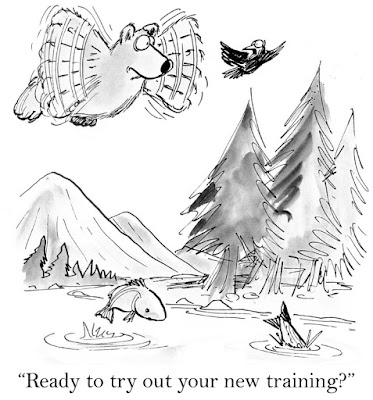The term ‘transfer of training’ is often described as the process by which an organization’s leadership ensures that the required knowledge, skills, and attitudes of its employee force are readily transferred from a learning and incubation environment to actual beneficial changes in the field, on an everyday basis.
Such training is generally linked to the overall goals and aims of the organization. There are certain tips that will help make sure that workshop training programs are actually transferred into the workplace:
The Right Material should be the Point of Focus in a Classroom Environment
This is a very important point indeed when it comes to transfer of training from a learning environment to its on-field implementation. The content of the training modules should be structured in such a manner that the employees being trained could gather tangible benefit from it. In other words, it should not be training for the purpose of training per se.
Rather, it should offer relevance and value addition to the trainee so that he or she would be able to use for the tasks that need to be performed in the field. If they are being trained or made to acquire skills that they already possess, then the training would be rendered useless and an absolute waste of time.
Clear and Lucid Identification of Training Goals
Before the commencement of a training session it is imperative that all training material be reviewed beforehand and the goals of that particular session be clearly identified.
Moreover, such goals need to be clear and concise and have to have specific time lines so that their implementation may be monitored later on. This way, the trainees would be able to understand just what it is that is required from them once the training workshop has ended.
Usage of Real World Examples and Case Studies
When training any organization’s employees it is very important real life case studies as well as examples be used. And moreover, these examples should be related to the industry and the field in which the trainees work so that they remain relevant to the work at hand.
These examples may then be enacted with multiple teams acting out actual, real world scenarios so that they would be drilled enough to know just what action to take in the workplace.
The Trainees should be Able to Clearly Identify Important Takeaways
Once the training sessions have been successfully completed, an informal discussion should be held between the trainees and their trainer as to what learning they have acquired and how precisely can they put it to good use in the field.
Not only would it be help then recollect all the valuable aspects of the training, but their collective constructive feedback just bight help them figure out additional nuggets of valuable information that would may be prove to be helpful in the field.



























